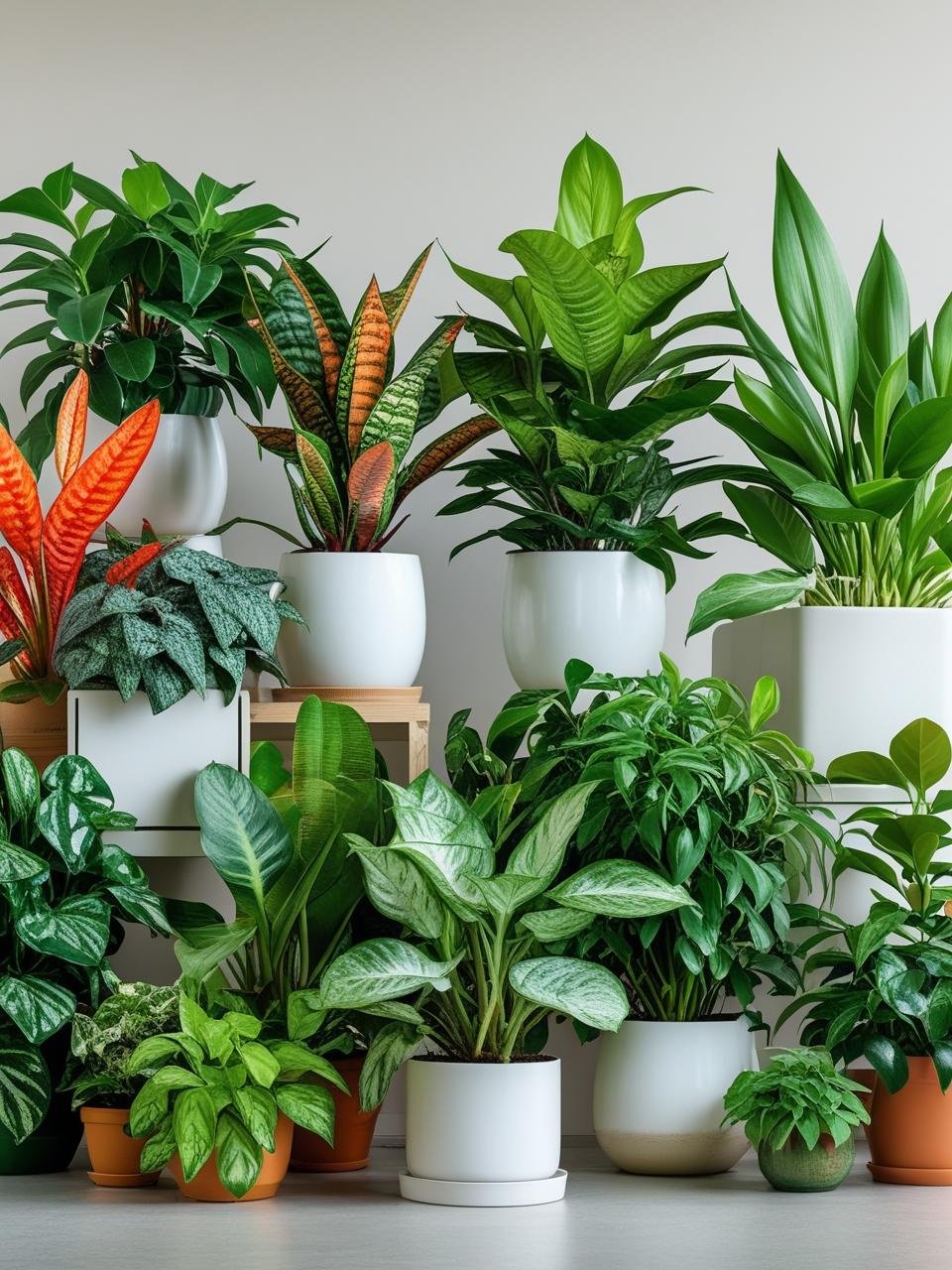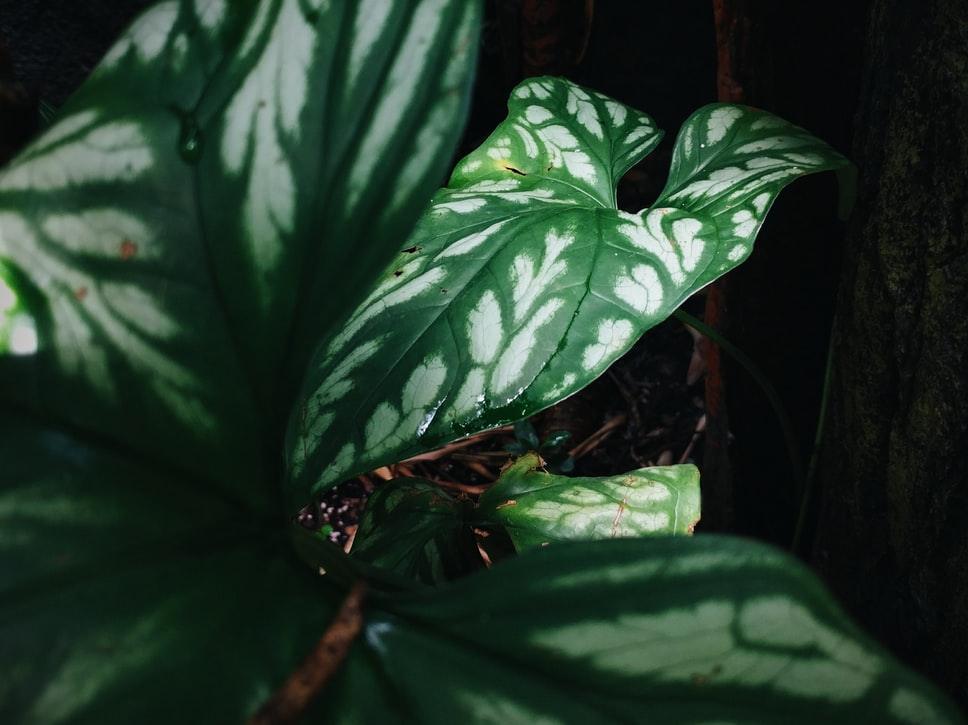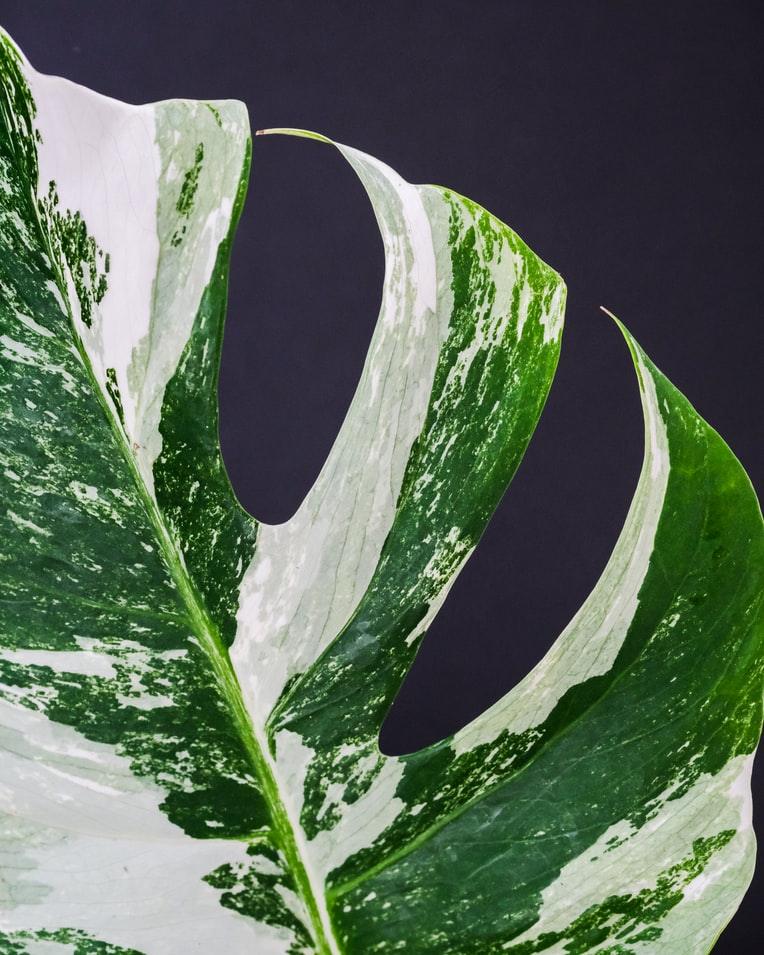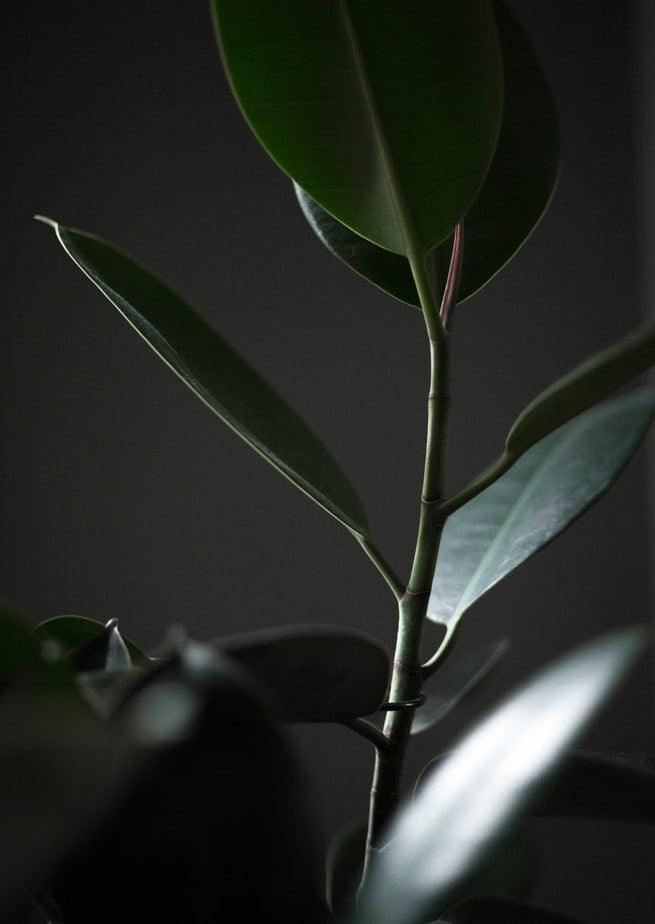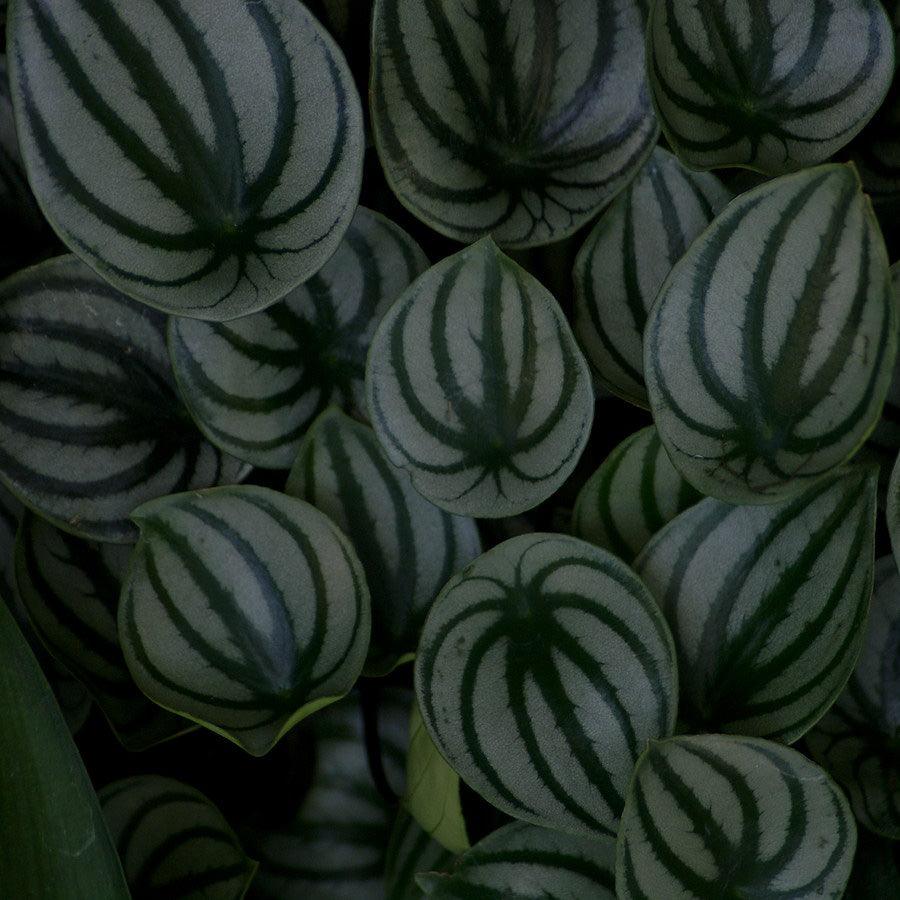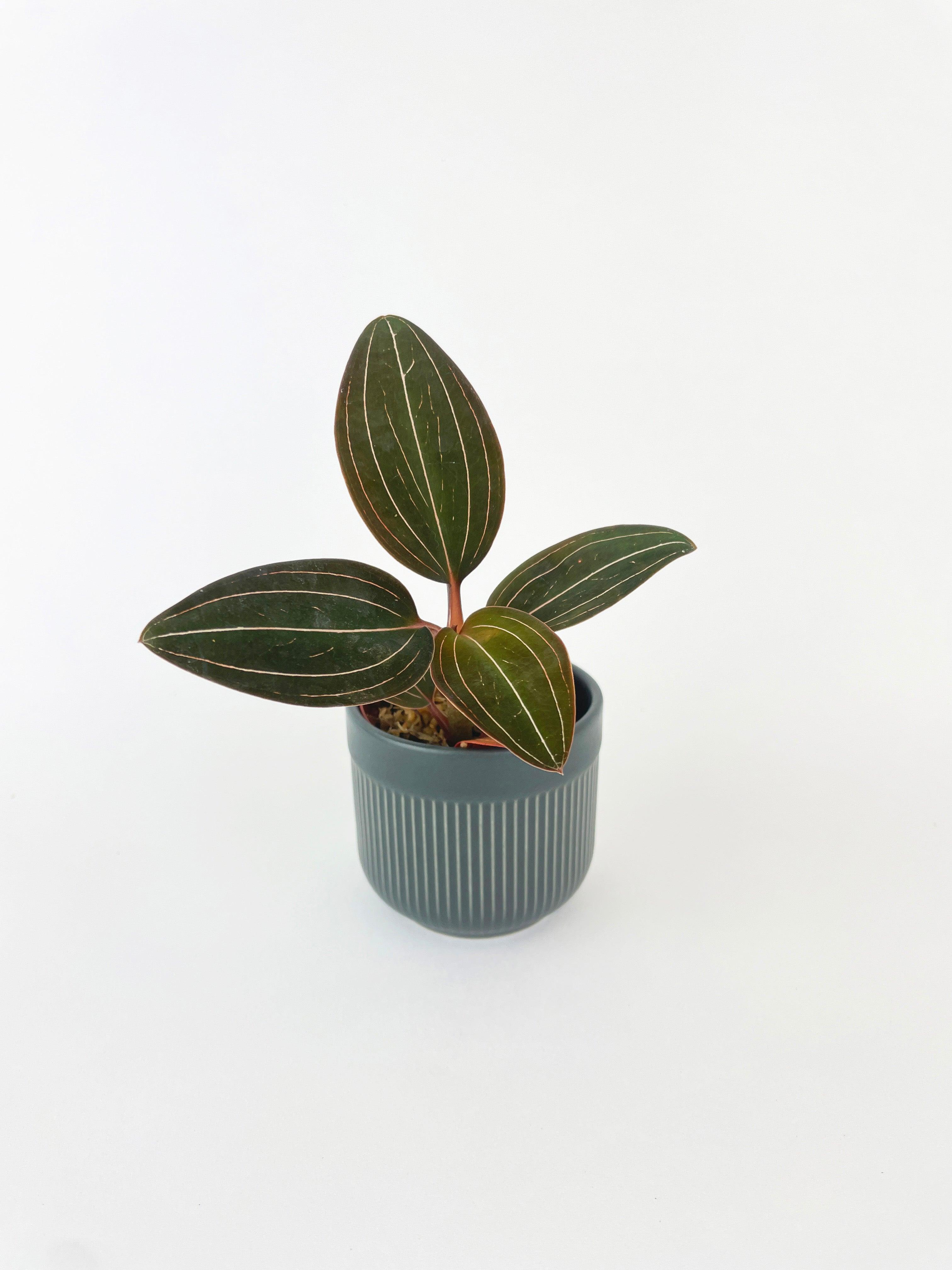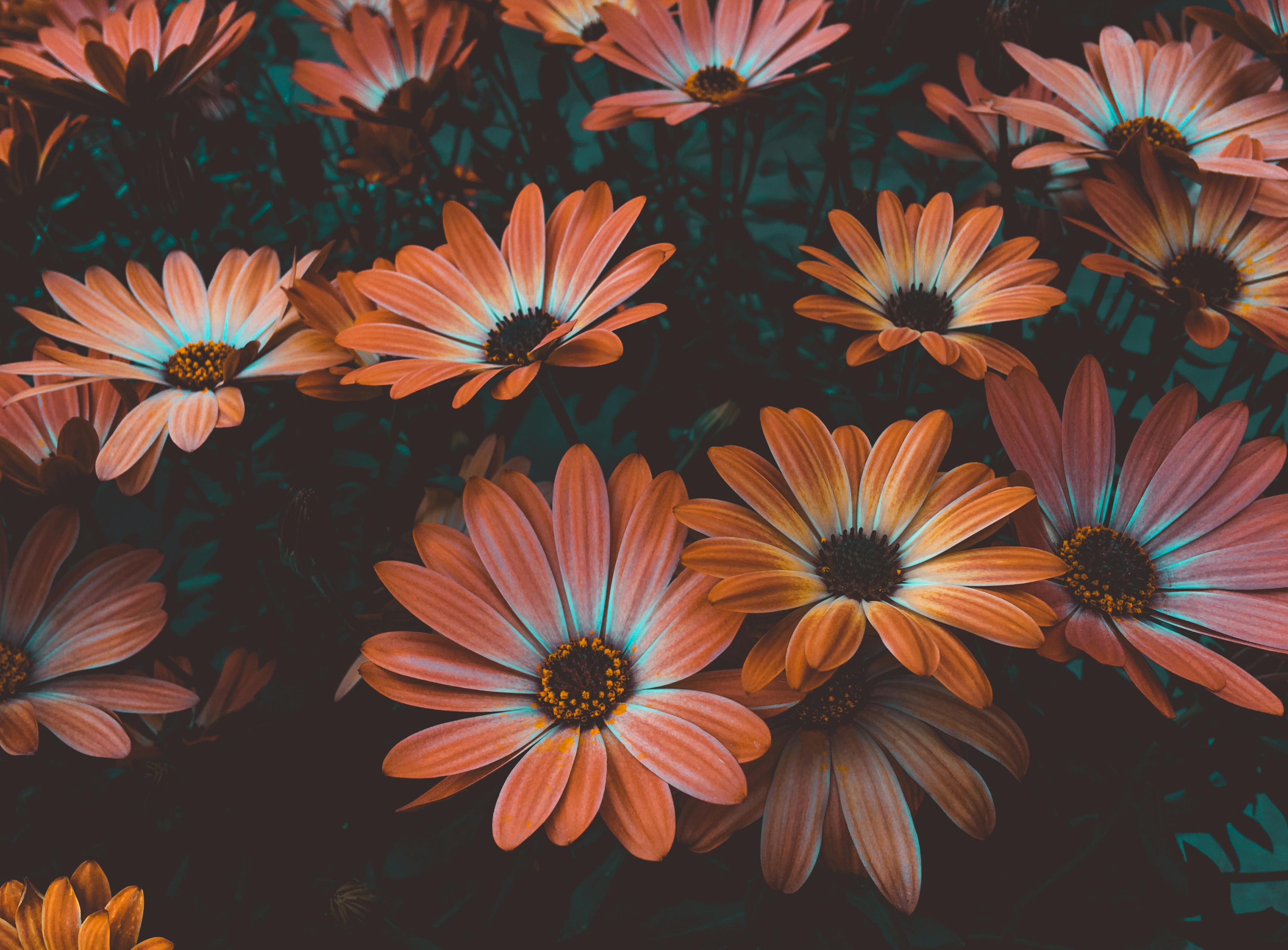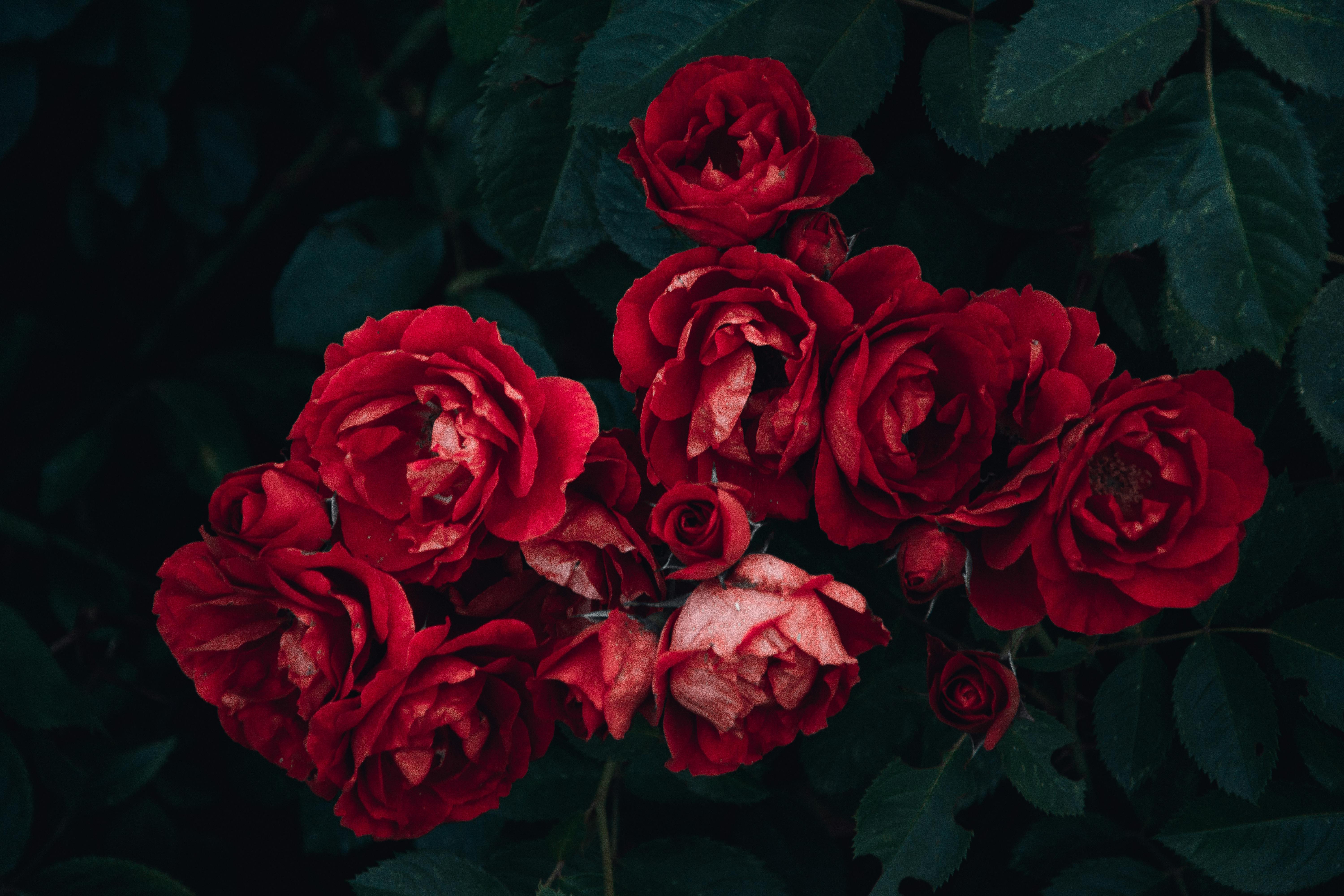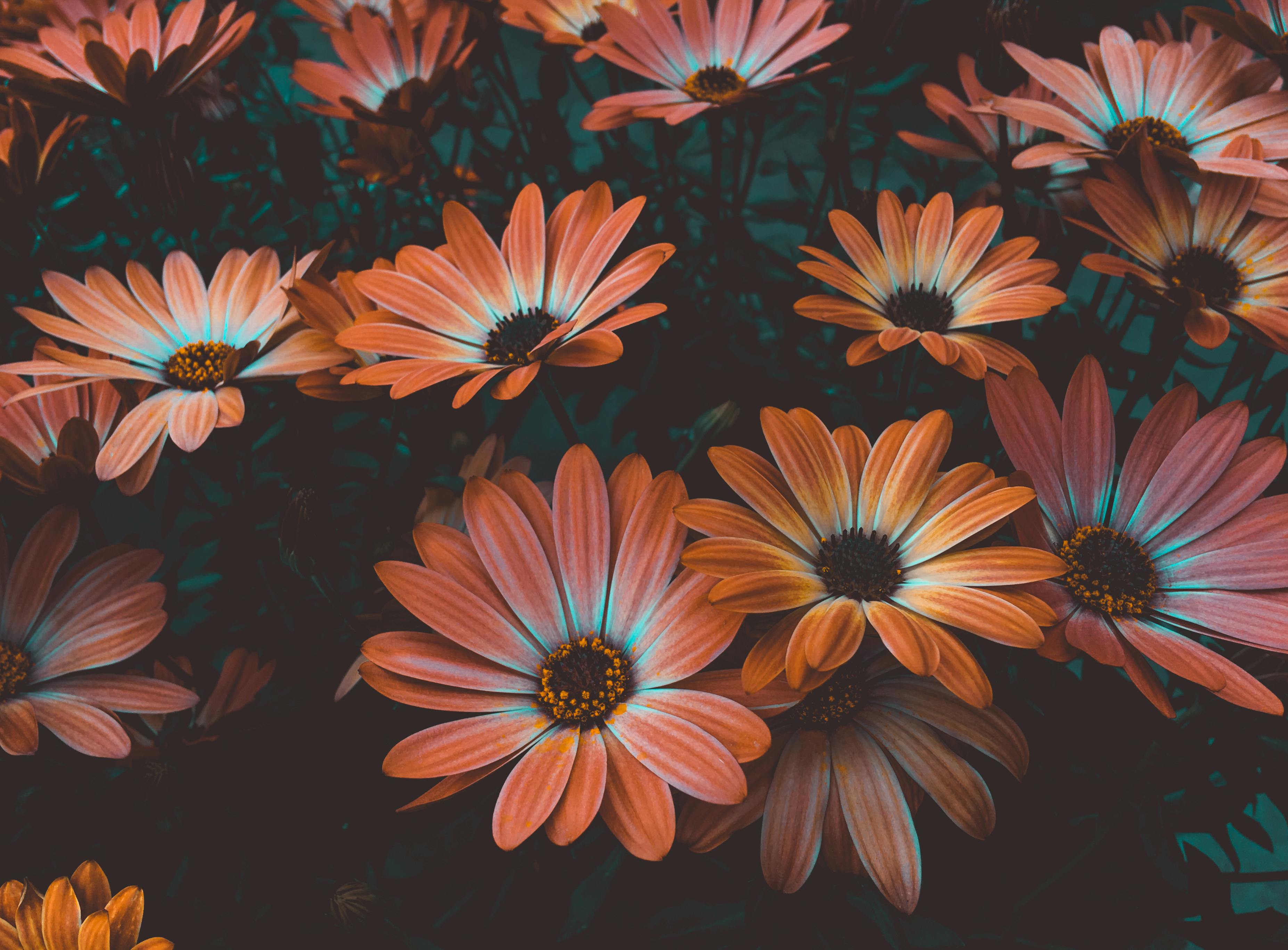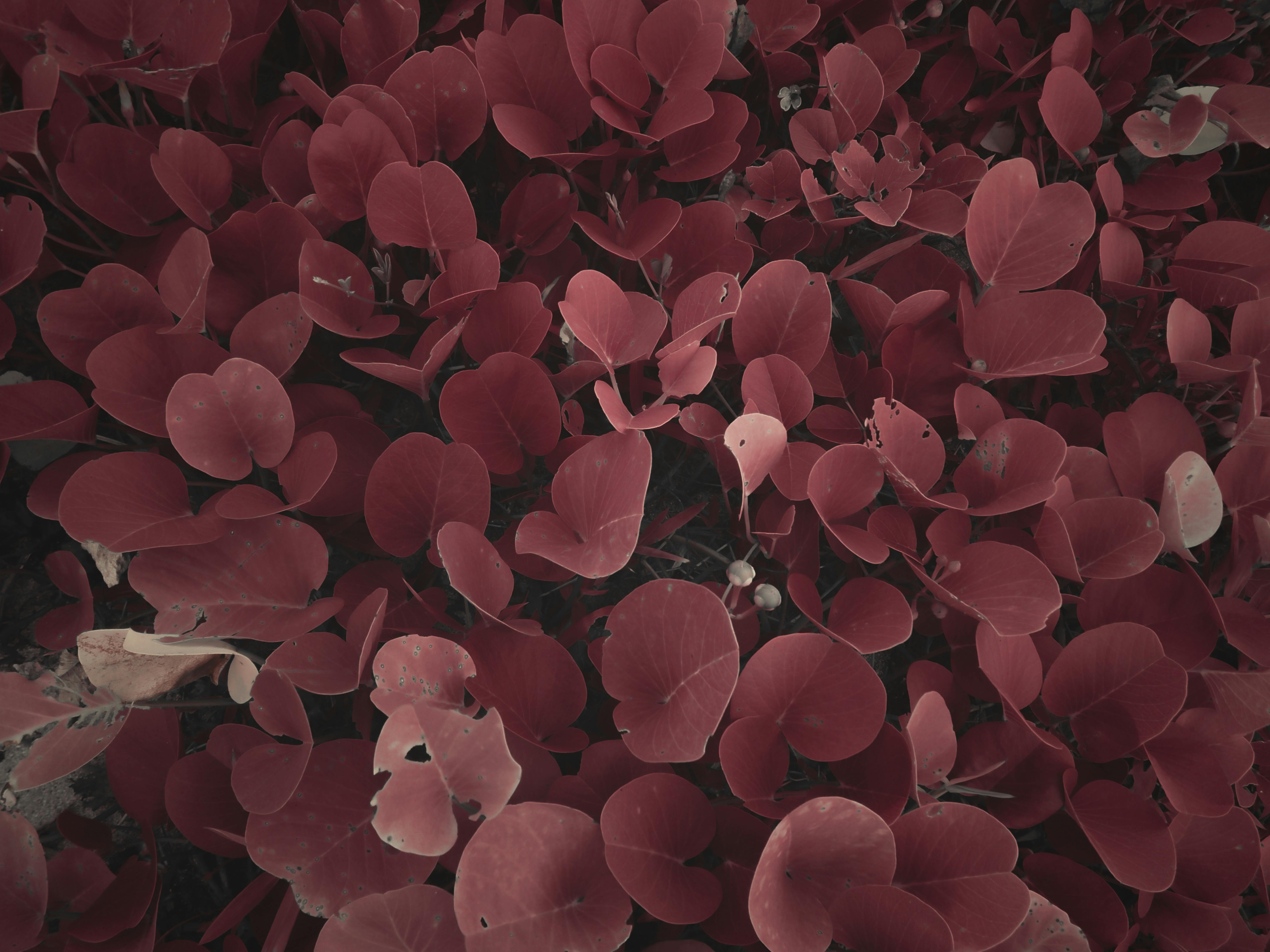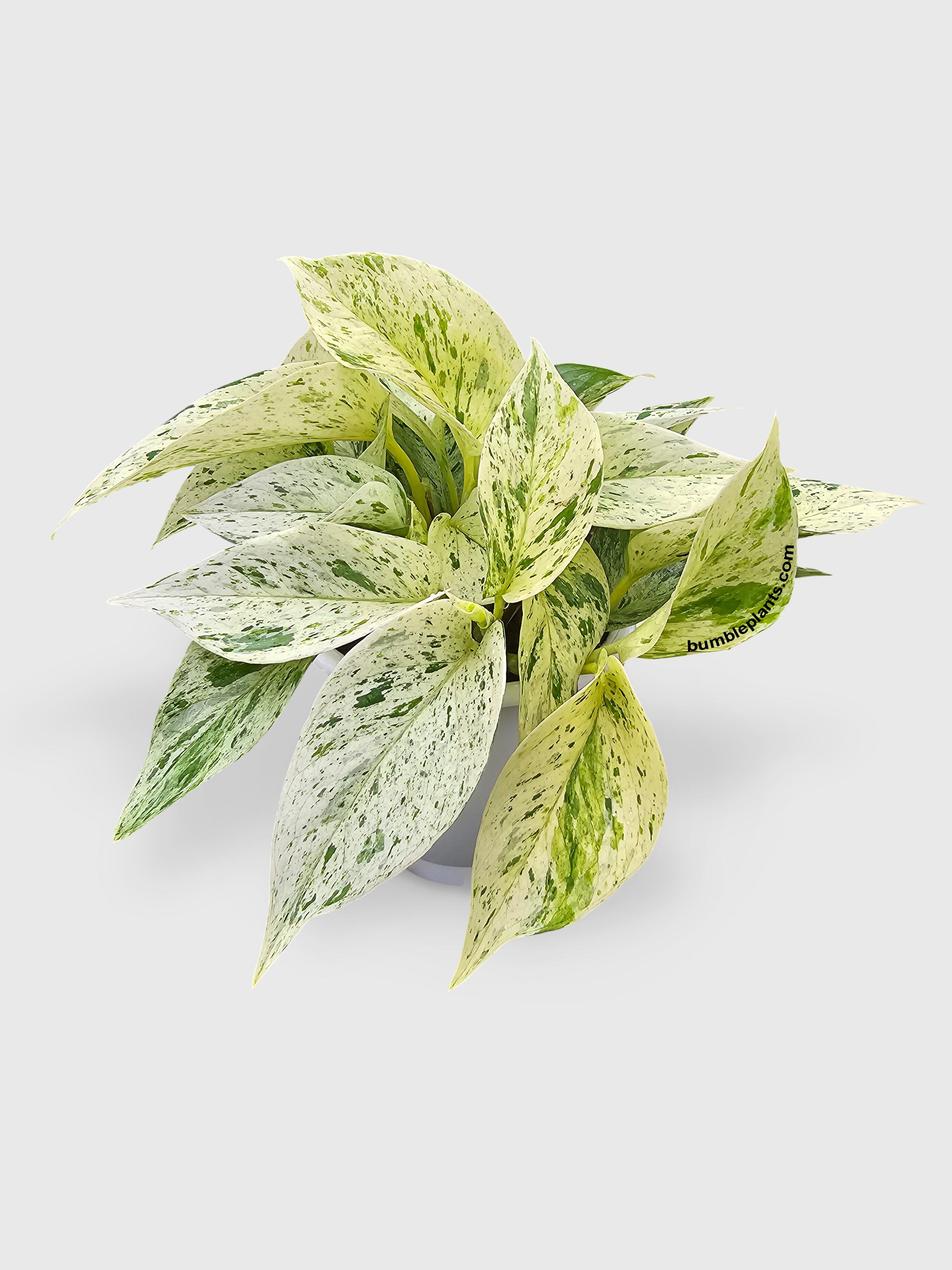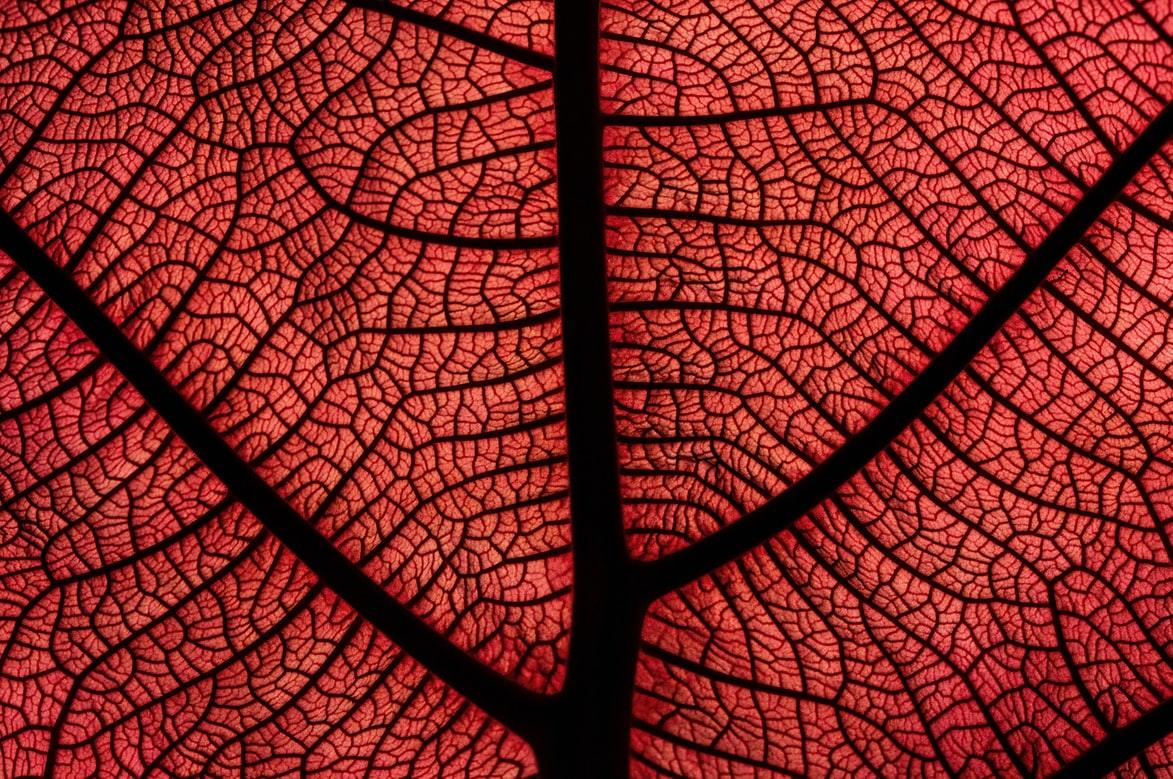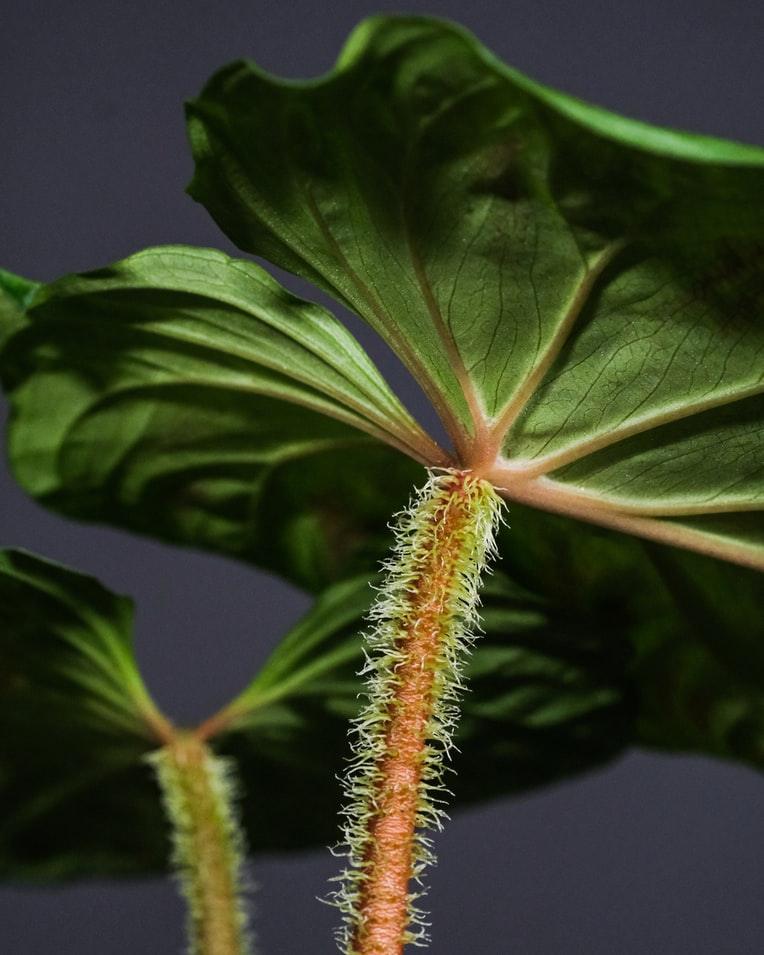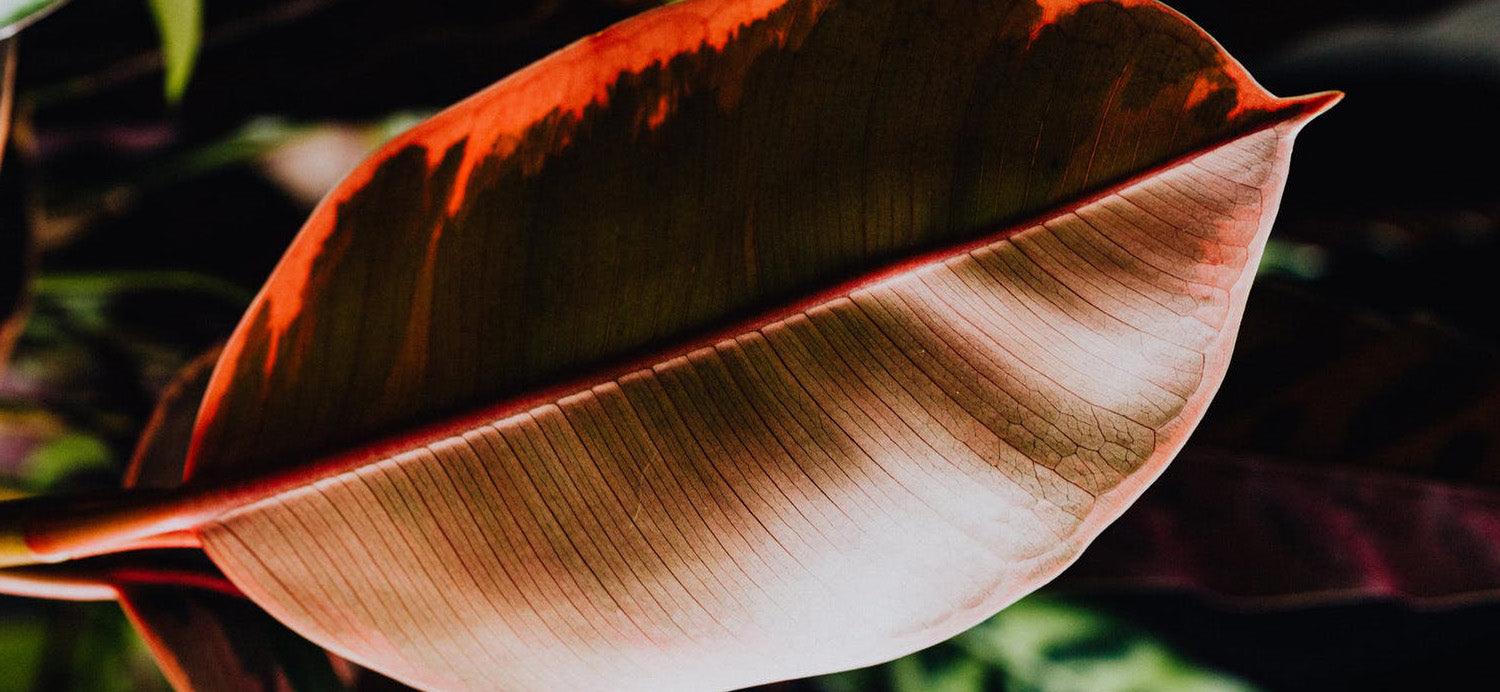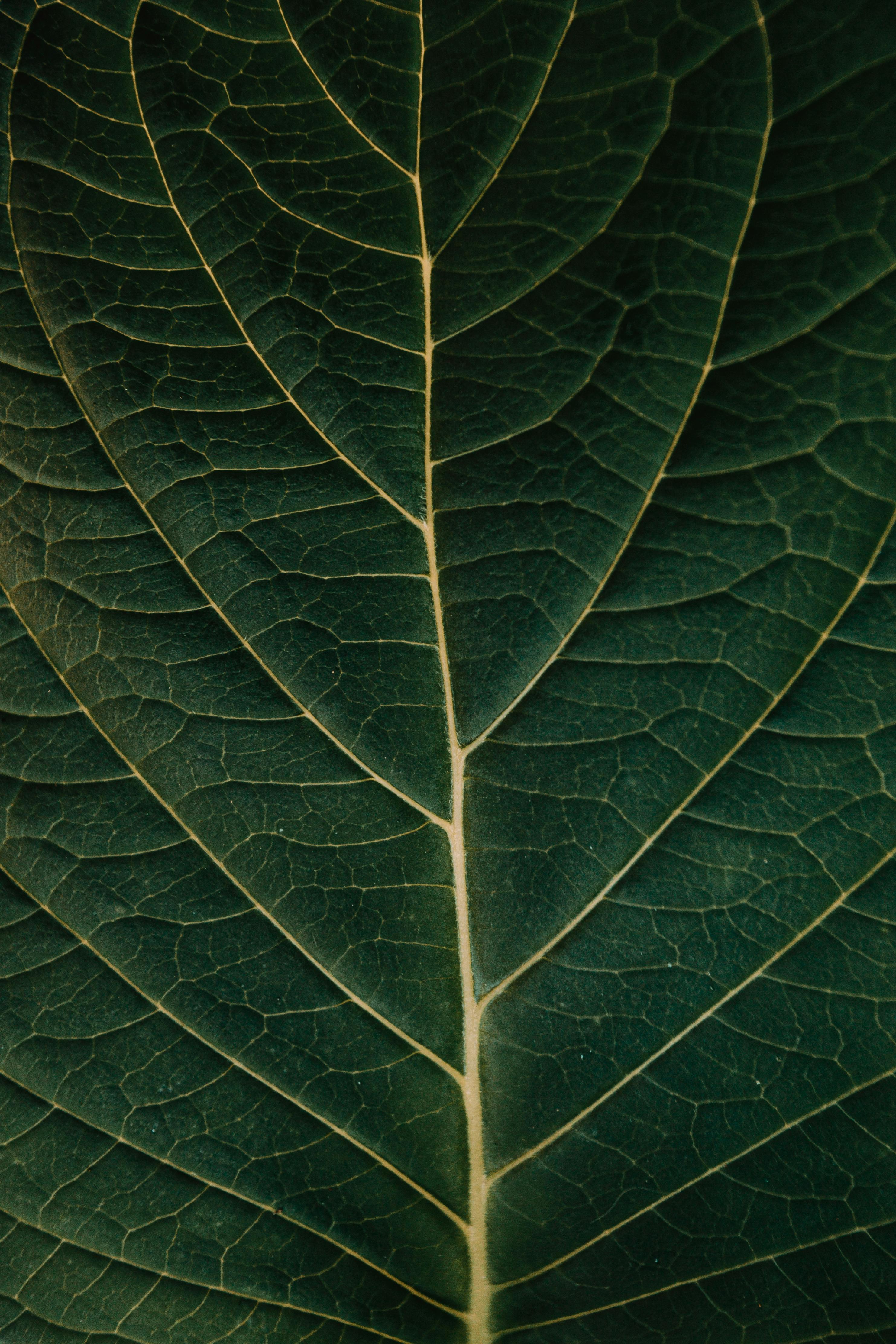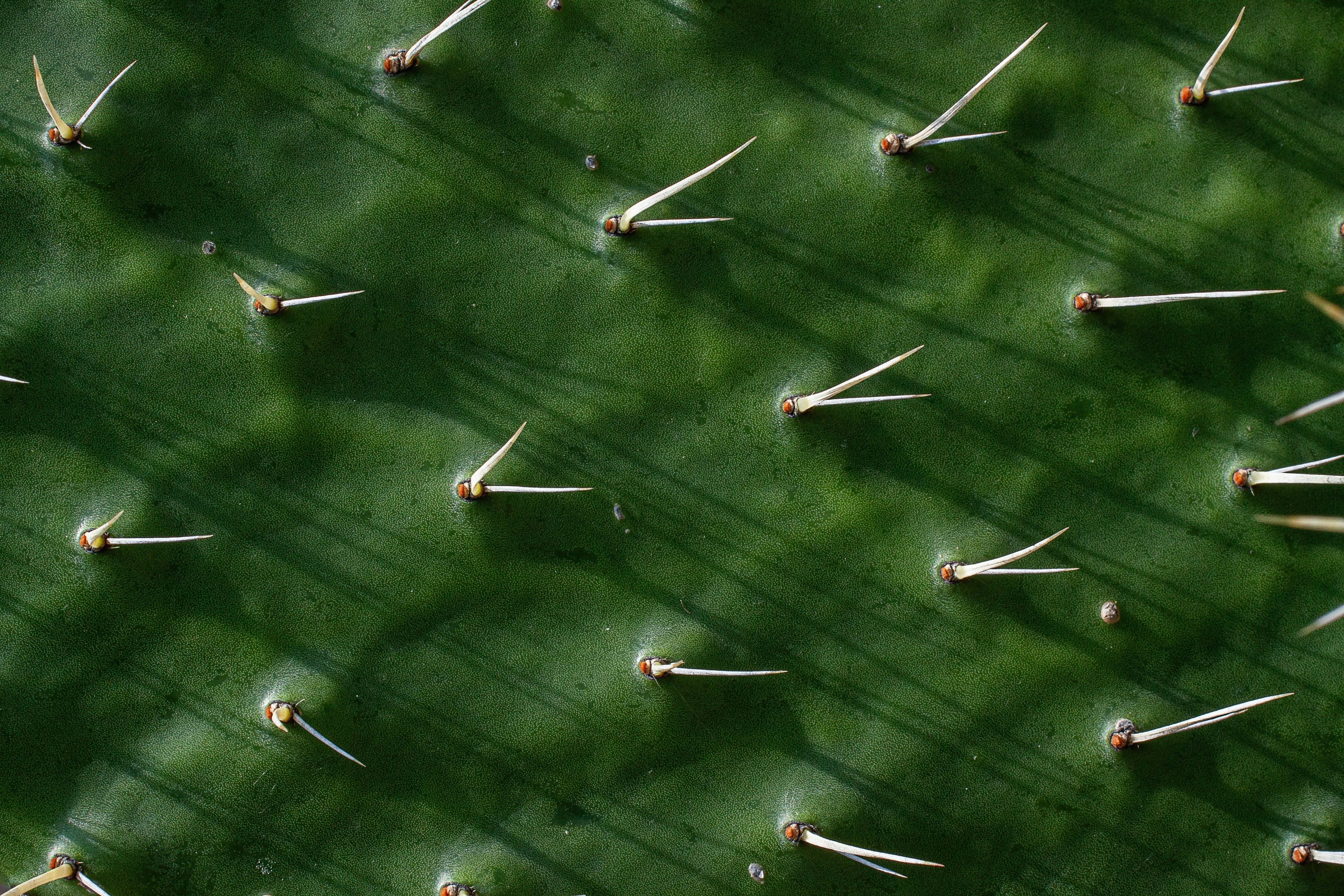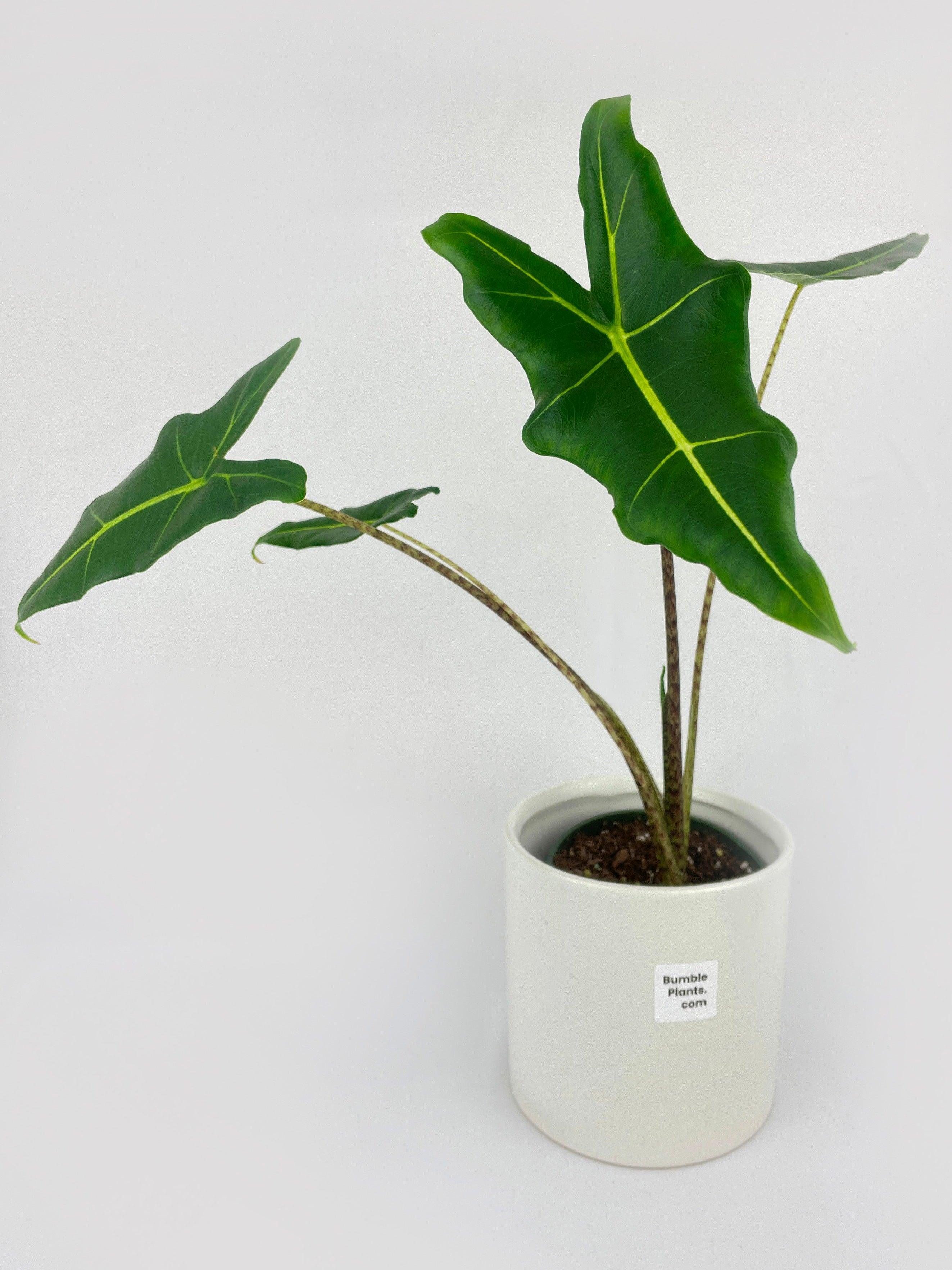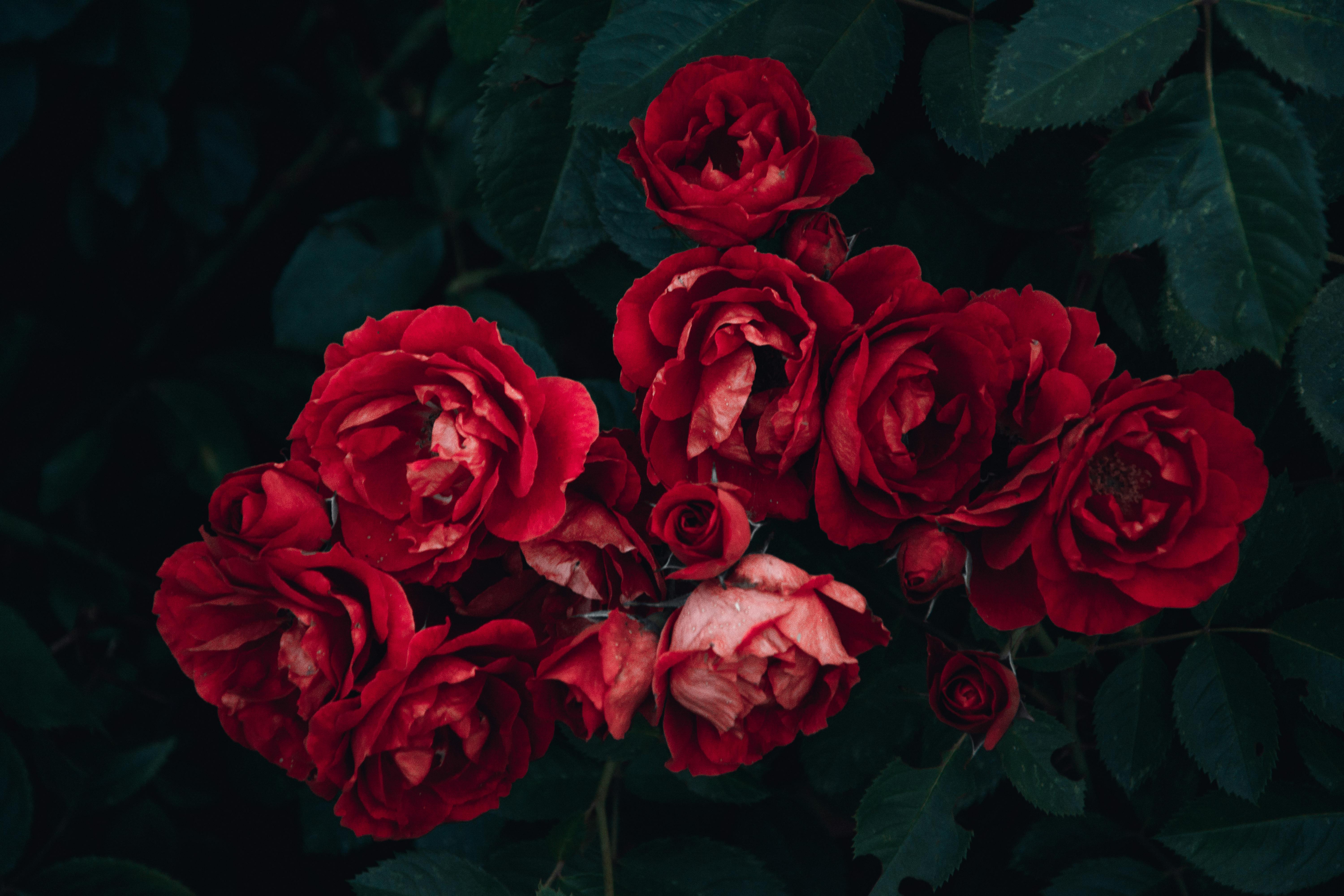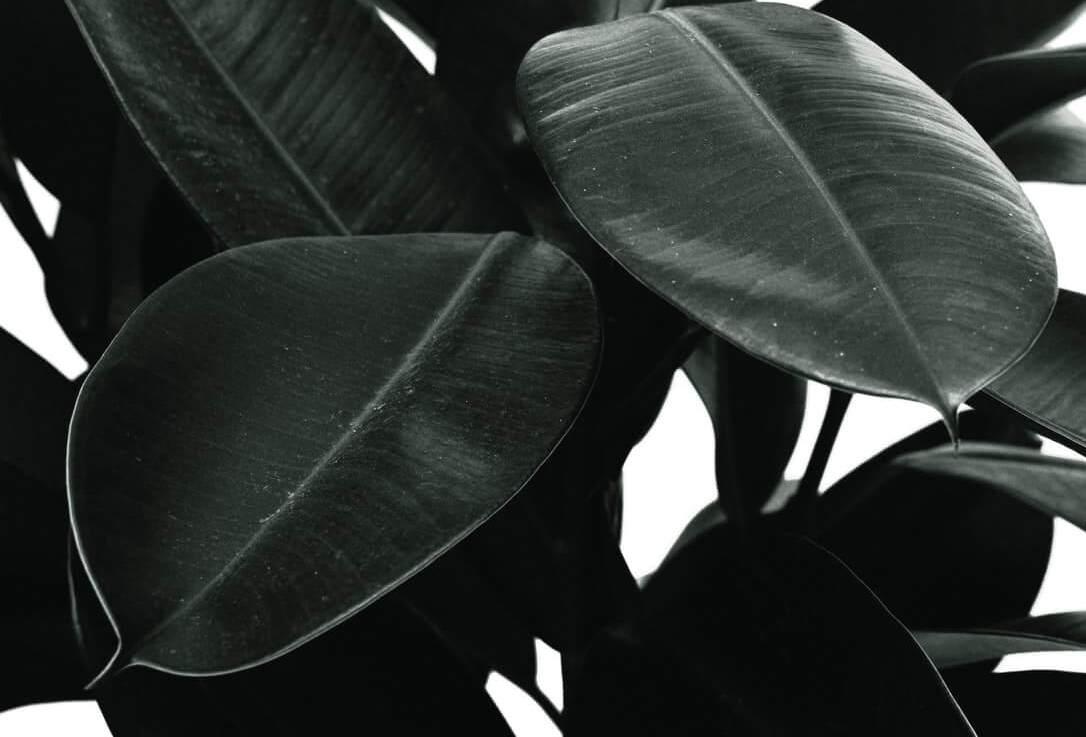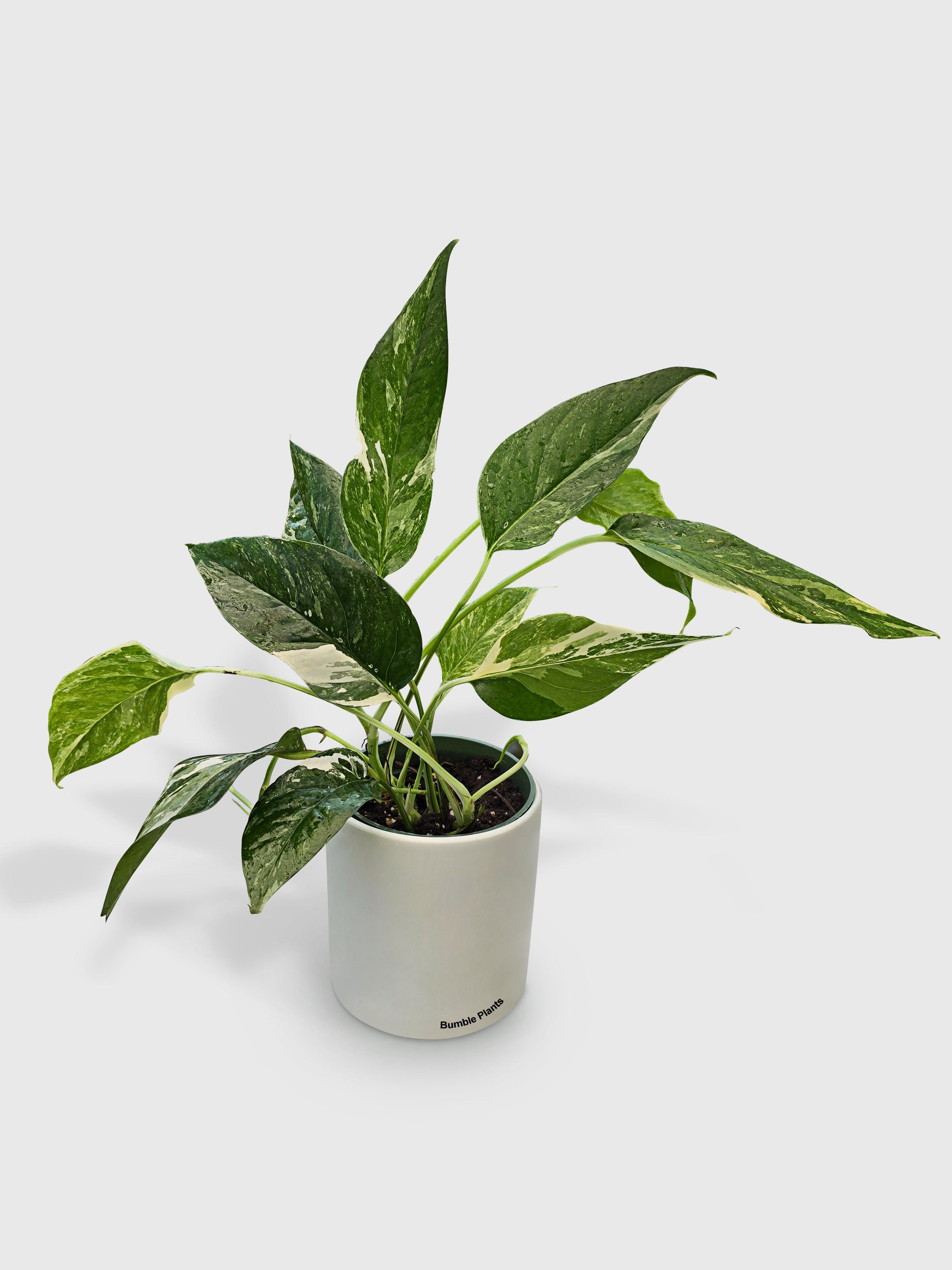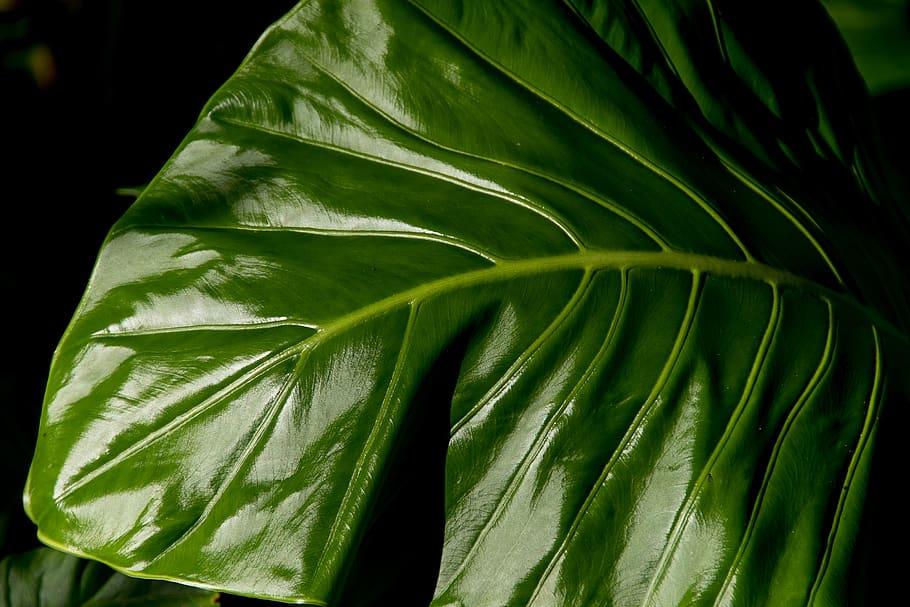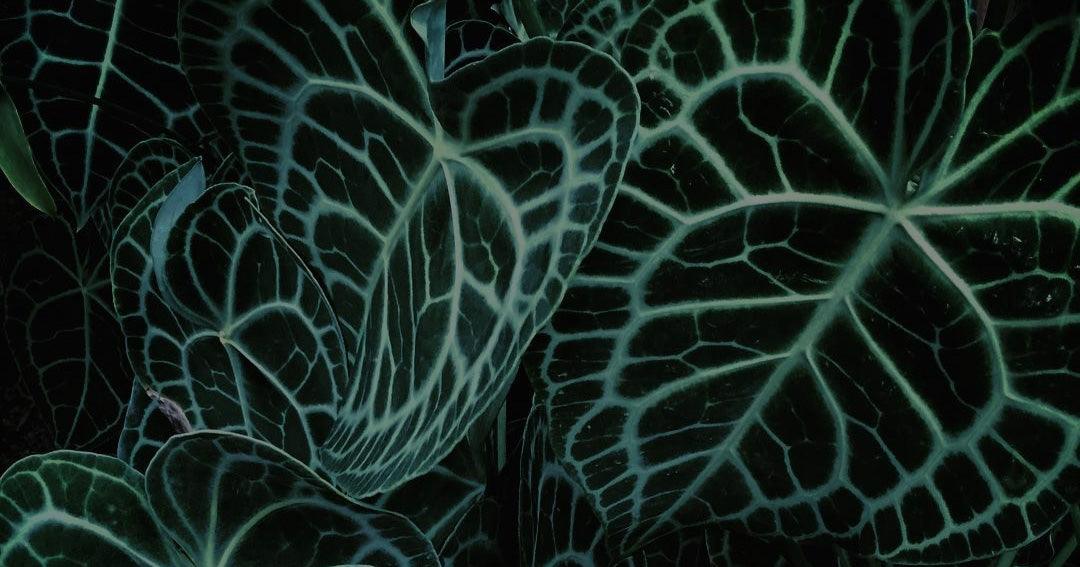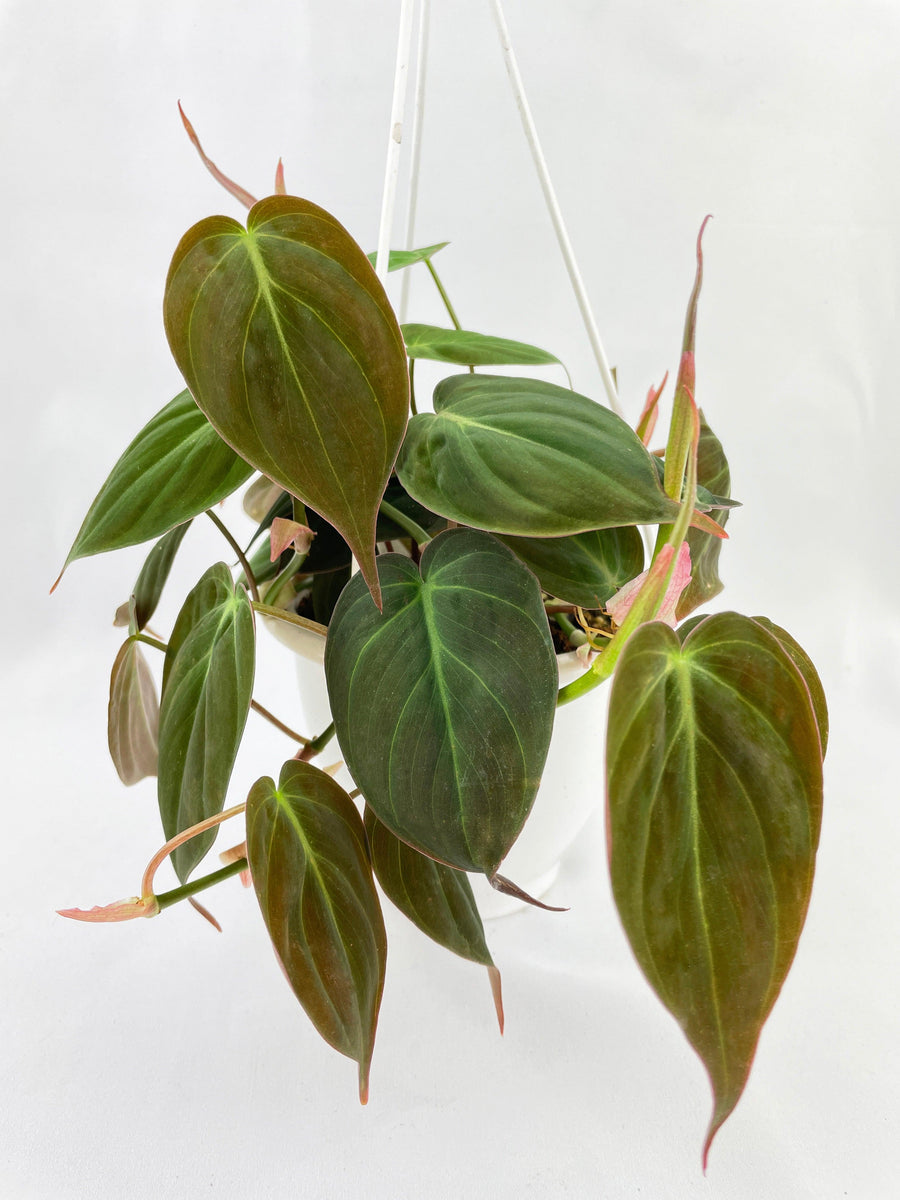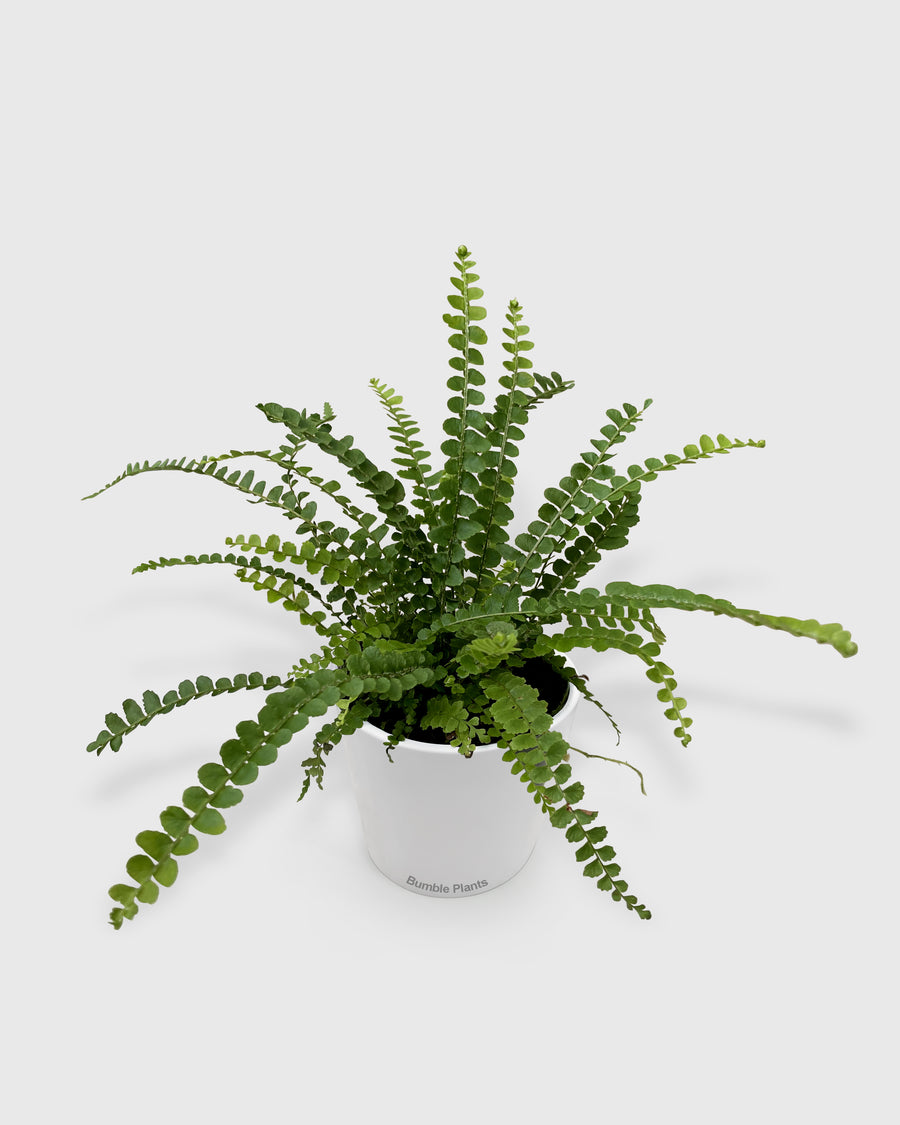How to Get Super Bright Pink Leaves on
Philodendron Pink Princess
Short Answer: Give your Pink Princess Philodendron bright indirect light for at least 8 hours a day, either it’s under grow lights or by a south facing window. You will also need to provide at least 65% humidity for pink leaves to unfurl smoothly.
Picture courtesy of PhiloPro
Philodendron Pink Princess
Everyone is looking for Philodendron Pink Princess for sale these days! It’s a fairly easy plant to take care of but to get that bright pink variegation on the leaves is a little trickier. This guide is written based on my experience of growing pink princesses with bright pink leaves. Sometimes, I get a surprise “black cherry” leaf, a newly coined term by Instagram plant enthusiasts for dark green leaves with bright pink variegation.
Philodendron Pink Princess Care Tips
Soil
The recommended soil mix for fast growing Pink Princesses are organic soil, perlite, coco coir and a little bit of horticultural charcoal. Keep the soil airy and well draining to make sure the roots have space to expand out. I generally like to fluff up the soil so water can pass through easily when I water.
Soil Moisture
Philodendron Pink Princesses love their soil moist but never soggy. Soggy soil will lead to root rot. Make sure to water your Pink Princesses when the top 1" inch of the soil is dry.
Light
I find that the more light the Pink Princess gets, the brighter and sharper the pink variegation it produces. Make sure to not shine direct sunlight onto the plant, especially onto the pink leaves because they are prone to sunburn. Put them next to a south facing window or under grow lights. Some of the grow lights that I recommend are the VOGEK LED Full Spectrum Grow Lights or the MARS Hydro TS 1000W (if you have a lot of plants to shine on) depending on your set up and area of coverage.
Humidity
Pink Princesses love high humidity and from my experience, they are generally very happy with 75% humidity on the humidifier settings. I like using a digital display humidifier that can detect the air’s humidity level and automatically stops when it reaches the intended level. Some humidifiers such as the TaoTronics Ultrasonic Cool Mist and Proaller Ultrasonic are popular in the plant community because of their simple functions and automatic controls. Although it is an exotic plant, they are fairly easy to take care of if given high humidity.
Fertilizer
Fertilize your Pink Princesses every 1-2 weeks during growing season with diluted indoor plant fertilizer. During winter time, hold off on the fertilizer as it will burn the plant. From experience, we find that diluted Super Thrive vitamin water (1/4 teaspoon per gallon of water) at every watering works wonders. You can also put slow release plant food (Osmocote) into the soil and water as usual.
Expectations
After giving your Pink Princess the essential needs above, you’re setting her up for success. Watch for new leaf growth and the color of stem. While it is not a guarantee that the next leaf will have high variegated pink leaves. You might need to wait for a few more leaves to emerge so be patient. Sometimes, it also depends on the genetics of the plant. You might have to start pruning if the plant is not giving you any variegation even though you did everything right. If it’s giving you a balanced mix of pink and green, that’s what we are striving for.
HOWEVER, if your PPP starts giving you ALL PINK LEAVES, you can celebrate for a few but the fun ends very quickly. The leaf will soon die off. This is because there is no chlorophyll on the leaf for photosynthesis. Therefore, it cannot sustain itself and will die off.
What to do if I get all pink leaves?
Congratulations! Post it on Instagram and flaunt it to your friends! After that, you need to get moving to save the plant after you’re done admiring it, at least in the next few months. If the next leaf is still all pink, you will need to prune off the all pink leaf just below the node so the mother plant can start producing a balanced variegated leaf. You might be able to admire it a little longer because who doesn’t like more and more pink leaves. However, all pink leaves are actually harmful for your pink princess plant. The plant is starving itself because of the lack of chlorophyll needed to generate energy for the whole plant. This goes for all green leaves as well which we call the reverted Philodendron Pink Princess. The rule of thumb is to get a balanced variegation of pink and green for your plant so it can sustain itself.
GOOD LUCK GUYS! Send me a message if you have any questions about the PPP!


